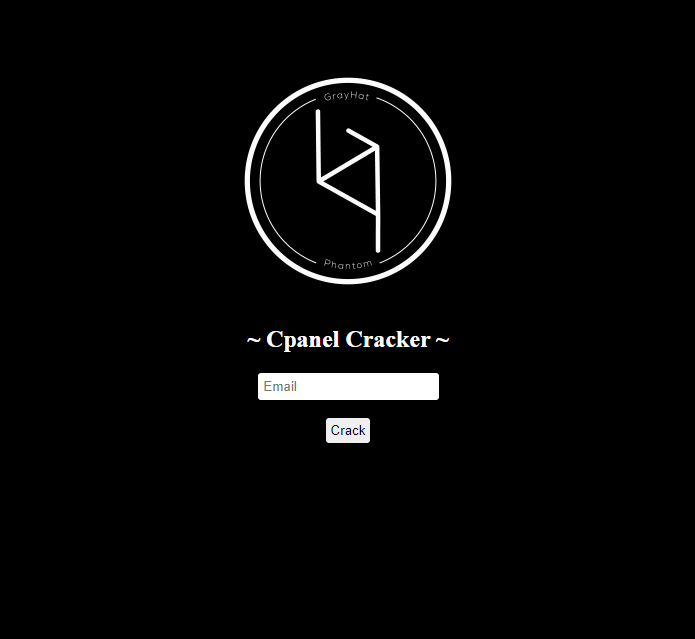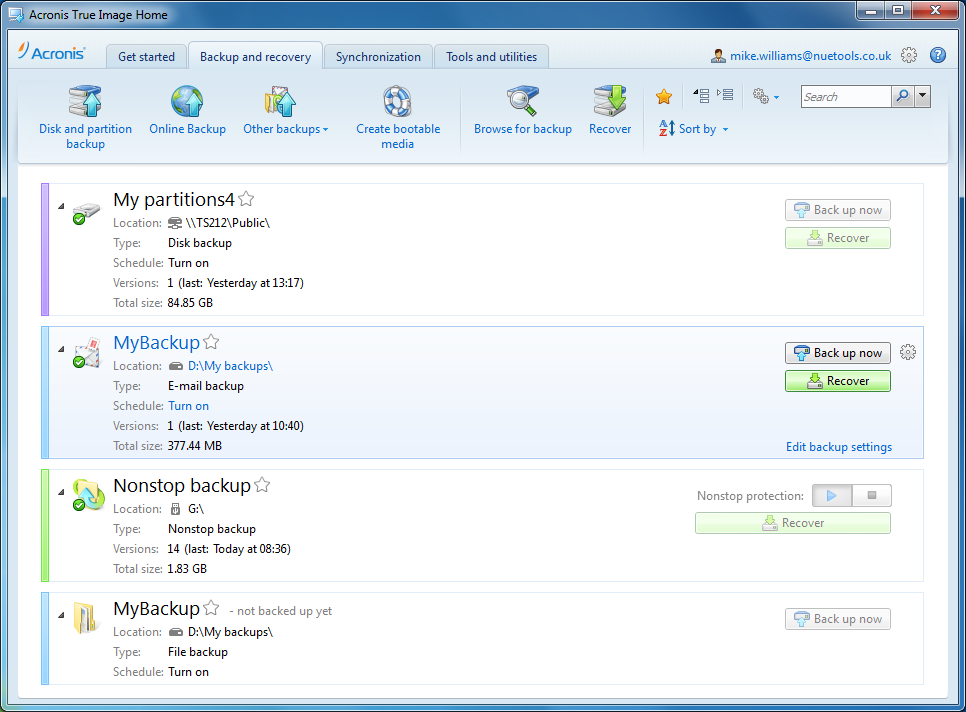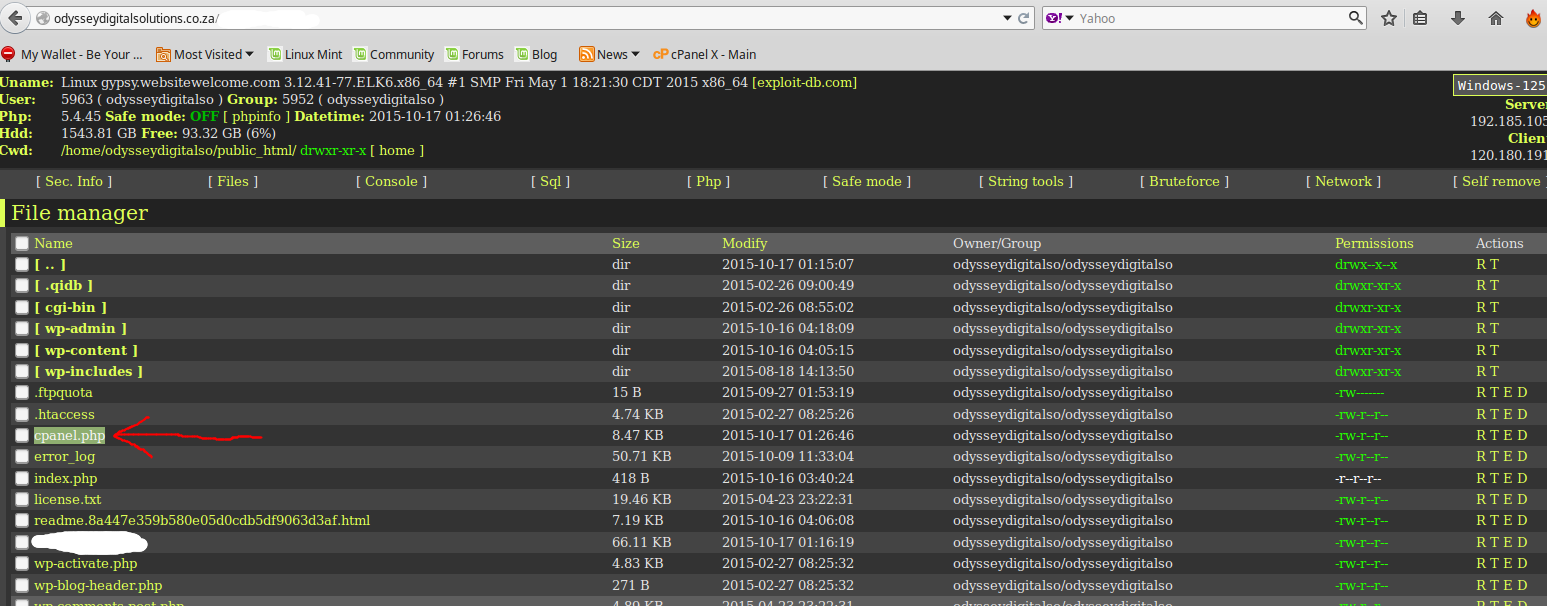

Locate your wp_users table and click “Browse.” Click on your WordPress database to open it. Once in phpMyAdmin, you will see a list of your databases on the left. Ask your host for your cPanel login details if you do not have them. If you’re using a host with cPanel, you can find your phpMyAdmin link under the “Databases” section. If you’re a Kinsta client, you access phpMyAdmin by going to your site’s “Info” screen in MyKinsta and clicking on “Open MySQL.” If this is your issue, you can resolve it by resetting your password directly on the database.


In some cases, however, you may do this but receive no password reset email, likely because your site is having email problems.

Usually, if you try to login to your dashboard and get an “incorrect password” message, the easy solution is to change your WordPress password by clicking the “Lost your password” link. When Your Password Doesn’t Work (and Password Recovery Fails) Wp-admin not working? Check out these steps on how to disable a WordPress plugin without access to wp-admin. Whatever the reason for wp-admin not working, if you’re using a plugin like WPS Hide Login or Perfmatters, you can disable the plugin to temporarily restore it back to the original login URL. Perhaps you had it as a bookmark which has been deleted or it was only in your WordPress history and your cache has been cleared. However, if can’t login to WordPress admin because you’ve forgotten your login URL, you will probably see a message like “This has been disabled” when trying to access your site. This can help prevent hackers and bots from constantly hammering your login URL trying to gain access. When You’ve Forgotten Your Custom Login URLĪ common WordPress security practice is to change the default admin login URL ( /wp-admin) to something custom.


 0 kommentar(er)
0 kommentar(er)
